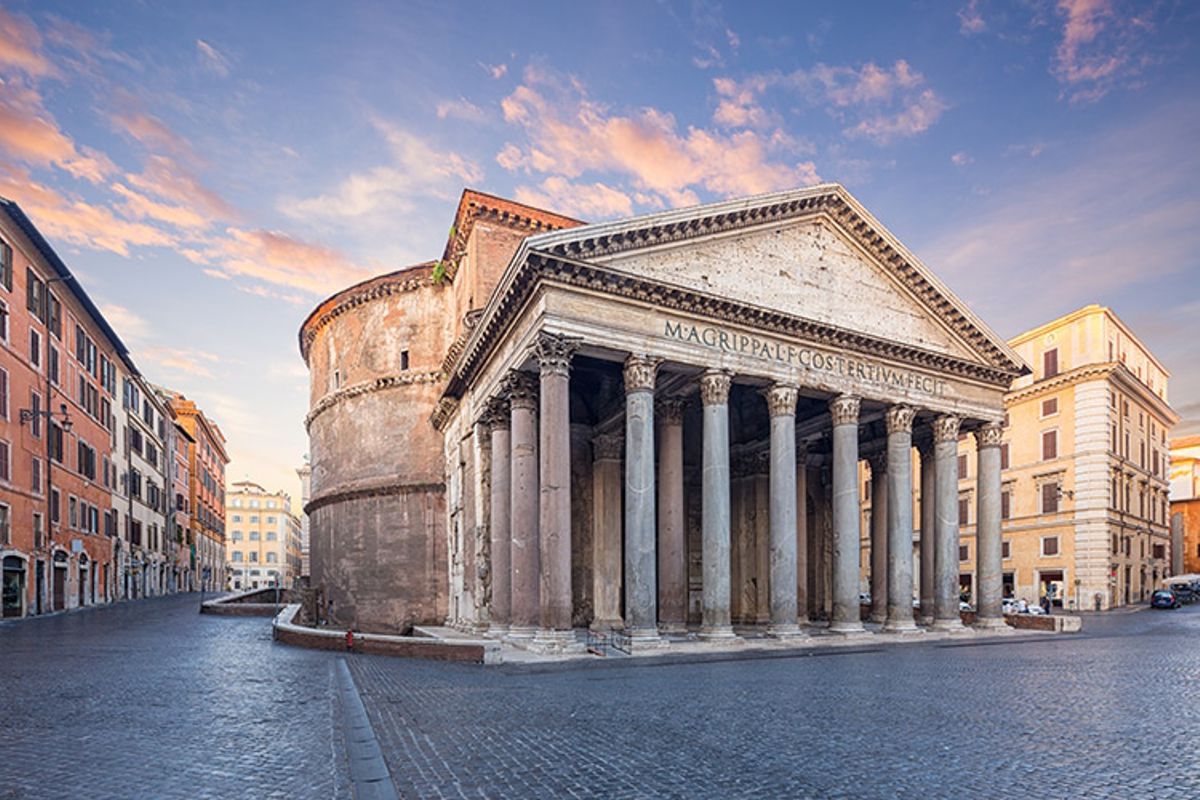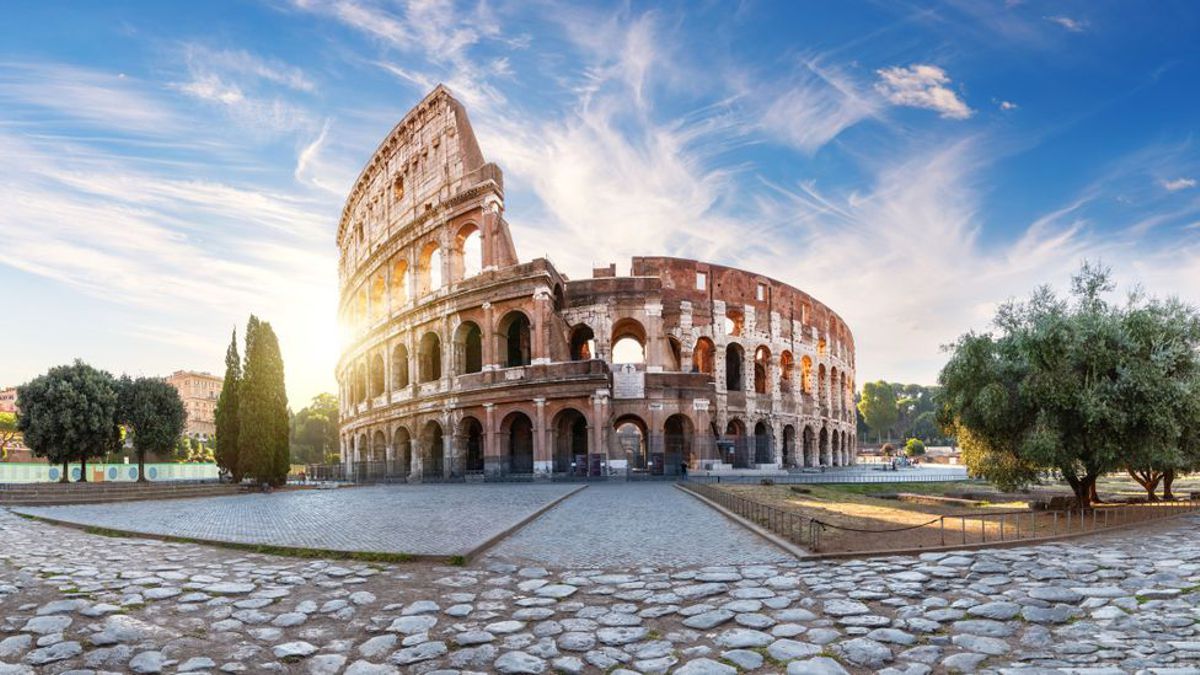BioLime bridges Antiquity and Modernity with Roman plasters expertise
From Rome’s Colosseum to the pyramids of the Mayans, ancient architecture has not only withstood the test of time but also provided invaluable lessons in durability and sustainability.
Far from being mere ruins or tourist attractions, these structures, which have stood for millennia, are testaments to advanced construction techniques that modern construction is now keen to integrate.

The Roman Connection: A Testament to Durability and Innovation
The impressiveness of Roman architecture – epitomized by historical buildings like the Colosseum, Pantheon, and the ruins of Pompeii – is not merely a function of aesthetic design but also of advanced construction techniques.
“The Romans offer an extraordinary lesson in the longevity of construction materials. Their structures have survived for centuries, not merely as ruins but often as functional buildings”, says MIT professor Admir Masic. In particular, Roman concrete has fascinated scientists for its remarkable ‘self-healing‘ abilities.
The Romans devised a unique formula for their concrete called “pozzolana.” The concoction consisted of a blend of lime, water, and volcanic ash, primarily sourced from the region around the Bay of Naples. Thanks to its composition, the material had a unique ability to ‘self-heal’, which could interact with the natural environment to form additional cementing compounds.
In essence, the material would repair itself, sealing small cracks and imperfections that could otherwise compromise the integrity of the structure. This self-healing capacity contributes significantly to the long-standing durability of Roman structures like the Colosseum, aqueducts, and ancient basilicas.
The ingenuity didn’t stop at self-healing properties. As they did in most of their endeavours, Roman engineers dug deeper, realizing the importance of using different grades of concrete for different architectural elements. For instance, the Romans used a unique blend that made them remarkably resilient against erosion. Harbour structures, aqueducts, and cisterns were constructed using this hydraulic lime blend.
Their advanced understanding of materials science enabled them to create monumental buildings that have not just survived but often thrived for centuries.

The Mayan Revelation
On another continent, separated by both time and ocean, the Mayans were accomplishing equally fascinating feats in engineering. Though less famed for megastructures like the Colosseum, the Mayans created intricate pyramids, plazas, and palaces that have withstood Central America’s hot and humid climate for centuries.
Scientists from the University of Granada in Spain found the secret ingredient of Mayan plaster: tree sap. It created “insoluble crystalline structures well-suited to surviving central America’s hot and humid climate.” The remarkable longevity of Mayan architecture proves their mastery.
“It is important to understand why these ancient Mayan lime-based materials are so durable,” say the authors of the study, “not only to disclose the ancient Mayan masons’ technological achievements but also to design, using a reverse engineering approach, new lime-based plasters and mortars for their use in architectural heritage conservation and modern, sustainable construction.”
This ingenious blending of botanical and geological resources allowed the Mayans to build structures that could endure the severe weather conditions typical of tropical rainforests. Their pyramids, temples, and palaces were not merely ornate; they were made to last.

Uniting Past and Present
In today’s era, marred by environmental degradation and the urgent need for sustainable solutions, modern construction techniques are drawing inspiration from these ancient marvels. BioLime, a company known for its expertise in Roman cement lime plasters, represents one such initiative.
“Our products are not mere replications; they are tributes to ancient engineers who paved the way for modern construction. They are as durable as they are environmentally harmonious,” says Brian Coia, owner of BioLime. “The durability of ancient materials offers insights into sustainable modern construction. Our company aims to bridge this historical gap.”
While modern construction grapples with challenges like climate change, energy efficiency, and sustainability, it’s illuminating to realize that some of the solutions lie in the wisdom of the ancients.
In synthesizing the past and present, we don’t just preserve history; we create a future that honours the ingenuity of our ancestors. Modern companies like BioLime symbolize this harmonious convergence, promising a revolution in construction materials and a sustainable path forward for the industry.














